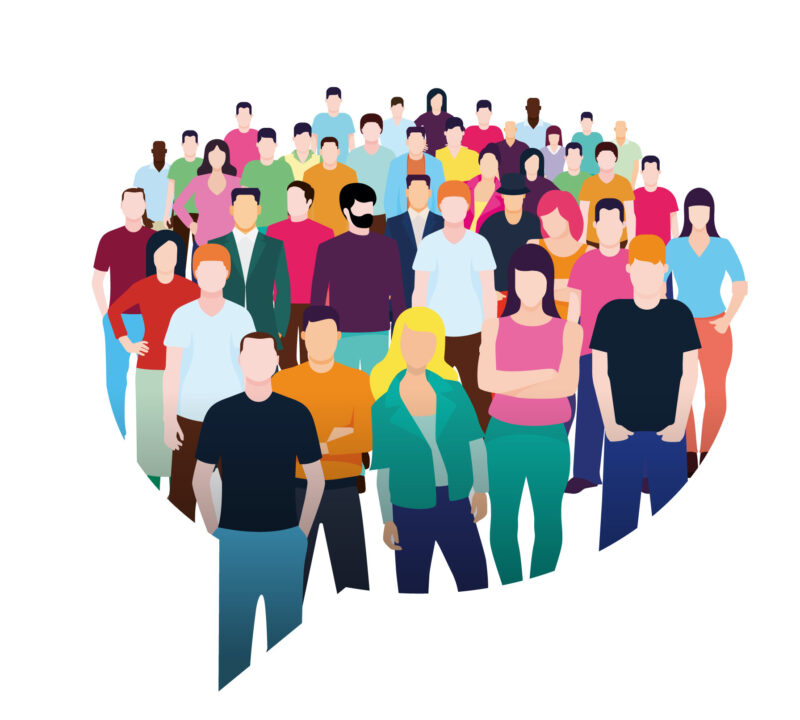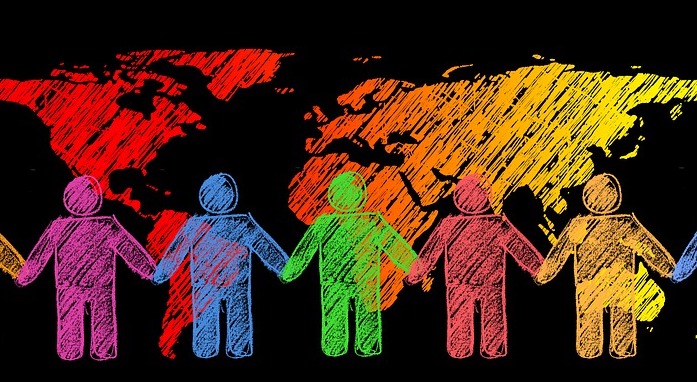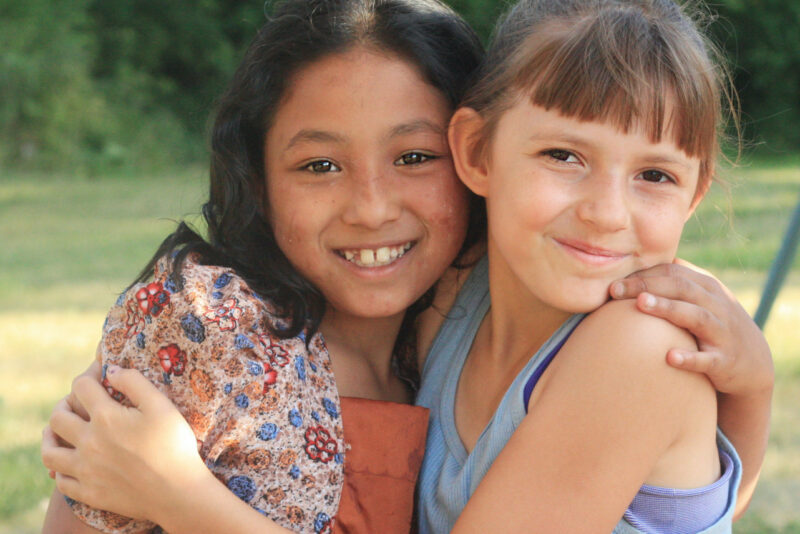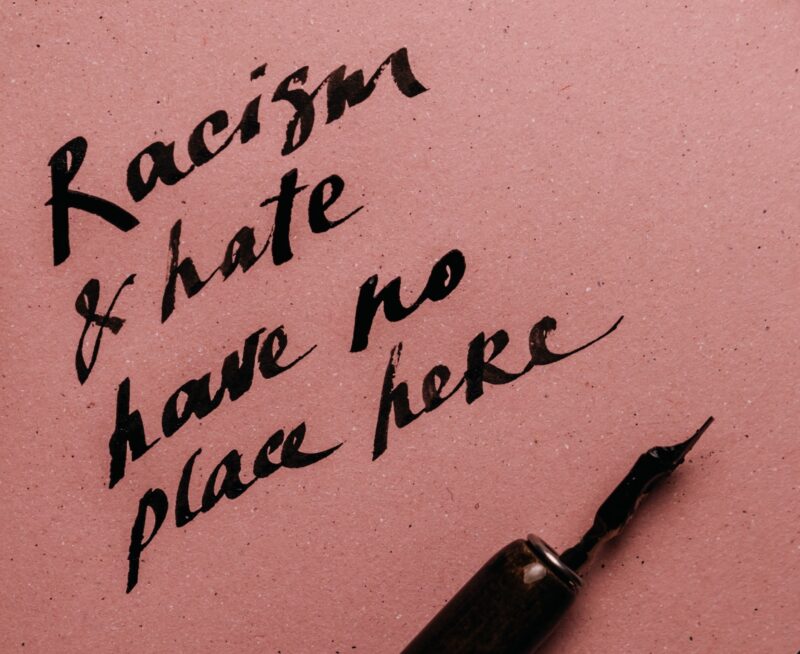
How to Talk to Kids about Race
In this video, HuffPost Life reporter Caroline Bologna shares an age-by-age guide for discussing race with your children. Read more >>
Request an Appointment
English: 650.688.3625
Medi-Cal: 650.688.3650

How to Talk to Kids about Race
In this video, HuffPost Life reporter Caroline Bologna shares an age-by-age guide for discussing race with your children. Read more >>

Verbal Jiujitsu, Disarming and Other Tips for Dealing With Microaggressions
Psychologist Derald Wing Sue calls microaggressions the “everyday slights, indignities, insults, putdowns and invalidations” that people from marginalized communities experience on a regular basis. Whether and how we respond to a microaggression is situational, but we don’t have to passively Read more >>

How to Foster Cultural Awareness at Home
Many minority households routinely have open discussions about racial issues and how they impact their daily lives. White families, on the other hand, sometimes are uncomfortable with such discussions even amid news coverage related to systemic racism and the Black Read more >>

4 Tools to Help Kids Develop Empathy and Cultural Humility [web resource]
Humility is not necessarily about modesty or pretending to be less than you are. In fact, people who are humble often have a high sense of self-worth; it’s just that they can recognize their own strengths and limitations. Research about Read more >>

How To Practice Cultural Humility With Your Kids
As American families become increasingly diverse and complex in terms of race, ethnicity, immigrant status, socioeconomic circumstances, and family structures, it is imperative that we practice cultural humility – to move beyond simply being aware of or sensitive to people’s Read more >>

3 Things to Know: Cultural Humility
Most people are familiar with the concept of being humble. To be humble is to demonstrate “humility,” which is commonly defined as “freedom from pride or arrogance.” What, then, might it mean to practice “cultural humility?” Read more >>

Why So Many Asian American Students Are Learning Remotely
Asian American students are far more likely to be learning remotely than members of any other racial or ethnic group in the United States. As of February 2021, almost 7 in 10 Asian American K-12 students were still learning online Read more >>

Anti-Asian Violence Resources [web resource]
Since COVID-19 became news in the United States, hate speech and violence against the Asian American Pacific Islander (AAPI) community has spiked. We can encourage you to explore the following resources to learn more about history of anti-Asian racism, why Read more >>

Facing History and Ourselves [web resource]
Facing History use lessons from history to teach about racism, antisemitism, and prejudice to help students connect choices made in the past to those they will confront in their own lives. Read more >>

The Emotional Toll of Racism [downloadable]
Black students continuously experience, fight against and bear emotional scars from racism, which can lead to increased anxiety and poor mental health outcomes. Some colleges are just starting to address these issues. Read more >>
English: 650.326.5530 | Español: 650.688.3650 | Fax: 650.688.3669
English: 650.326.5530
Español: 650.688.3650
Fax: 650.688.3669
English: 650.668.3625 | Español: 650.688.3650 | careteam@testing.chconline.org
English: 650.668.3625
Español: 650.688.3650
careteam@testing.chconline.org
© 2024 Children’s Health Council. All rights reserved.
CHC Palo Alto: 650 Clark Way, Palo Alto, CA 94304 | 650.326.5530
CHC South Bay: 2280 Kenwood Avenue, San Jose, CA 95128 | 408.831.7512
CHC Ravenswood: 1765 E Bayshore Rd, East Palo Alto, CA 94303 | 650.702.2487
CHC Palo Alto:
650 Clark Way, Palo Alto, CA 94304
650.326.5530
CHC South Bay:
2280 Kenwood Avenue, San Jose, CA 95128
408.831.7512
CHC Ravenswood:
1765 E Bayshore Rd, East Palo Alto, CA 94303
650.702.2487